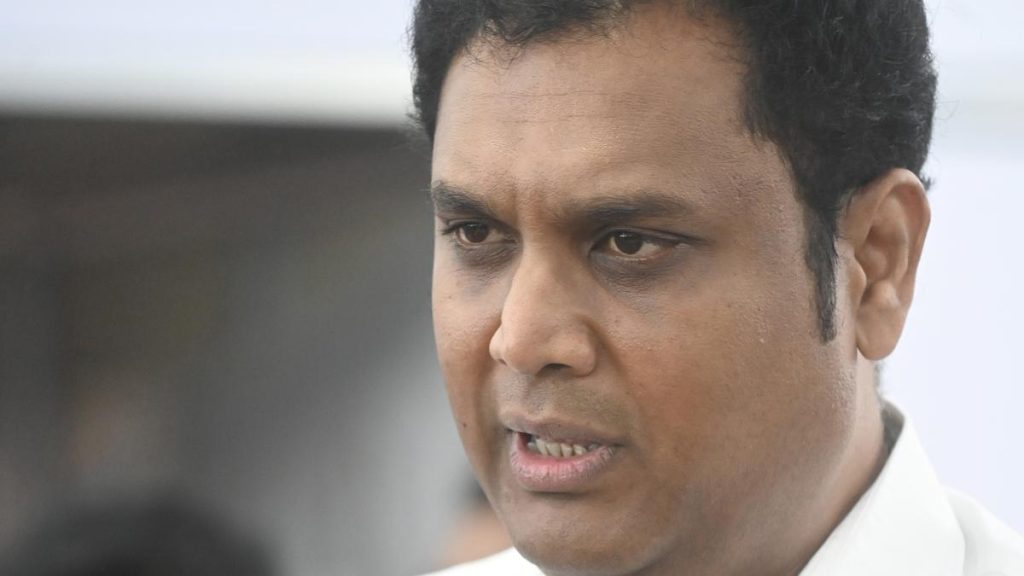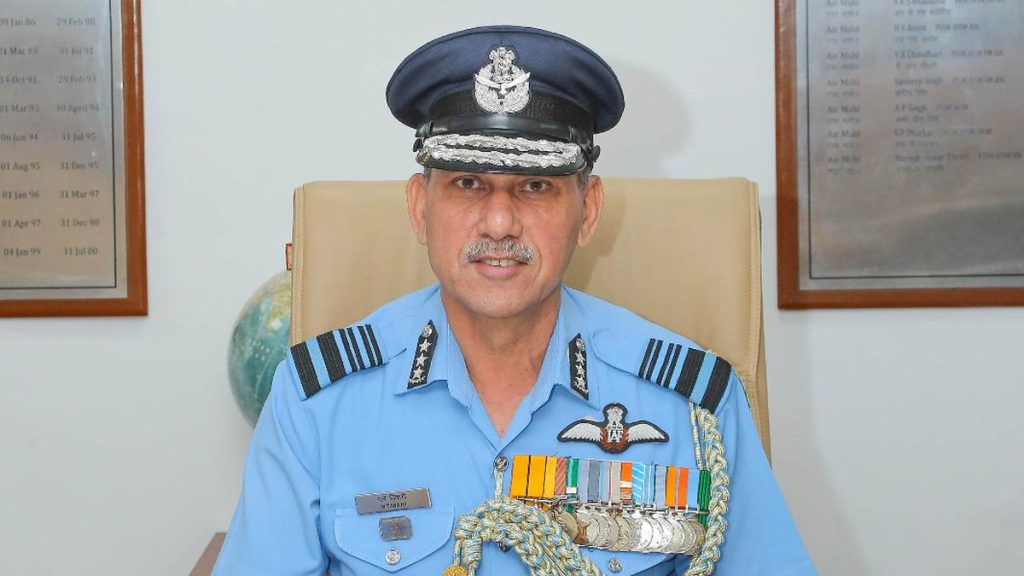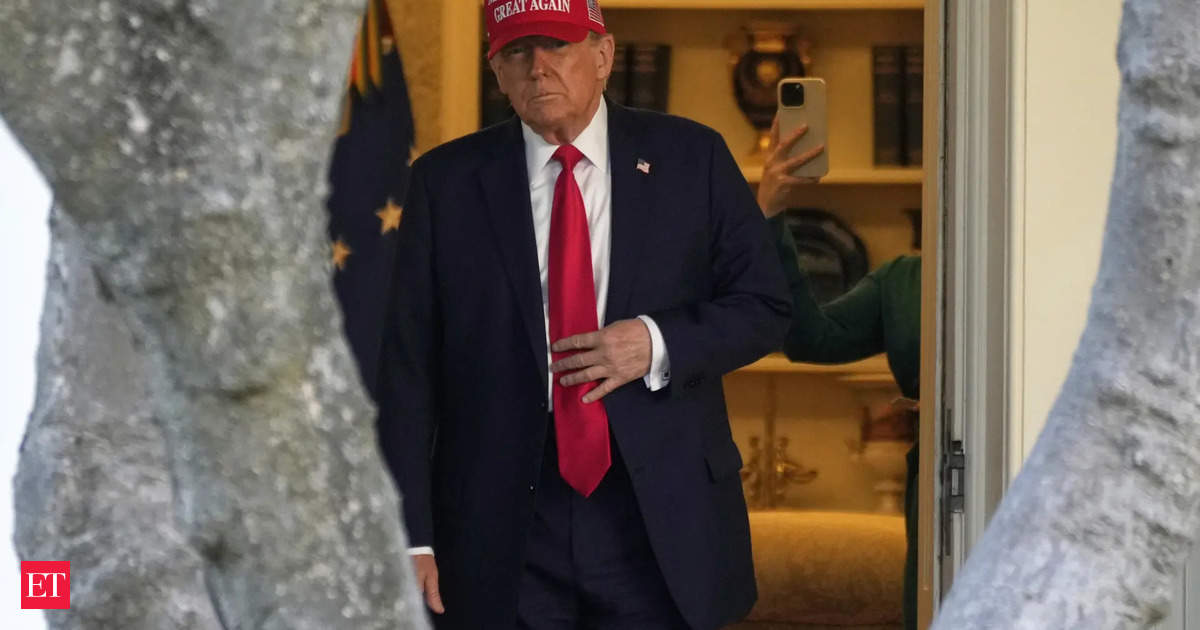Now Reading: Supreme Court Scrutinizes State Poverty Claims
-
01
Supreme Court Scrutinizes State Poverty Claims
Supreme Court Scrutinizes State Poverty Claims

Quick Summary
- Observations by Supreme Court: The Supreme Court raised concerns over the disparity between states’ claims of high per capita income for progress index purposes and their assertion that 75% of the population falls Below Poverty Line (BPL) when seeking subsidies.
- Commentary on Subsidies: Justice Surya Kant questioned whether subsidies are effectively reaching genuinely poor individuals, stating that ration cards should not serve as “popularity cards.”
- COVID-19 Migrant Worker Case: The suo motu case addresses welfare measures initiated during the pandemic for migrant laborers.
- Advocate Prashant Bhushan’s Input: Bhushan argued economic inequality is a major factor in subsidy distribution anomalies, noting reliance on outdated 2011 Census data has left about 10 crore people out of BPL categories.
- Government’s Position:
– Additional Solicitor General Aishwarya Bhati stated free ration is provided to over 92 crore people via schemes under the National Food Security Act and other programs.
– A national database (e-shram portal) was introduced for unorganised workers but faced criticism in prior judgments for delays and inefficiencies.
- Court Directions & Pending resolution:
– Earlier directives from SC required all states to issue ration cards to eligible workers during COVID and address gaps in welfare delivery systems.
– the court asked for updated government responses regarding current free-ration distributions.
Indian Opinion Analysis
The Supreme Court’s highlighted contradiction reflects deeper systemic issues regarding poverty assessment and public assistance frameworks in India. Balancing developmental growth projections with equitable access to subsidies demands more precise targeting mechanisms-something elaborate by outdated census data and uneven implementation at state levels.
While schemes like NFSA aim at broad coverage, questions arise about inclusivity amid growing wealth disparities. Improving databases such as e-shram could close gaps in benefit delivery, though timely compliance remains crucial. Equitable redistribution policies must evolve alongside india’s rapid economic progress to ensure vulnerable populations aren’t sidelined amidst development narratives.

























